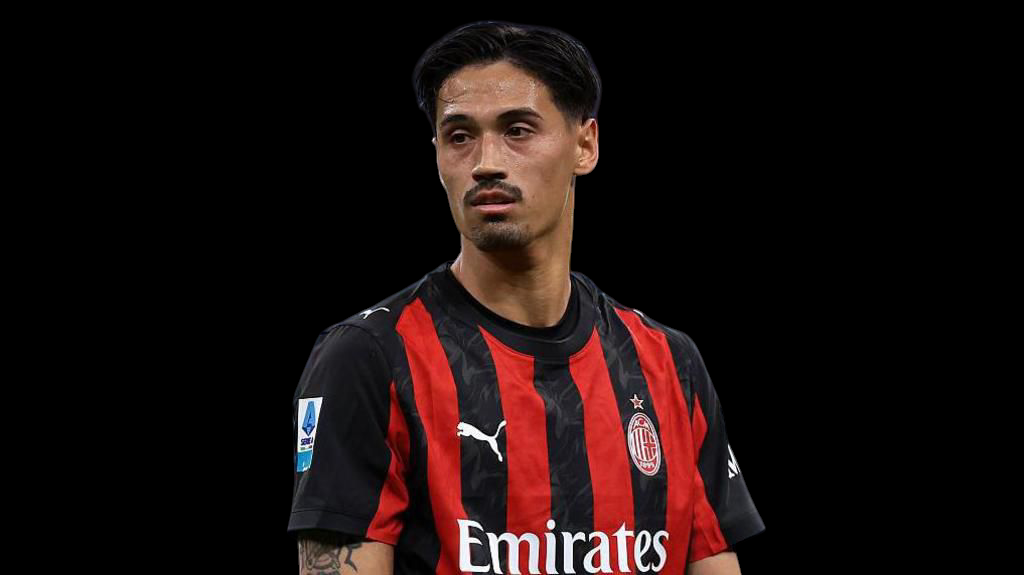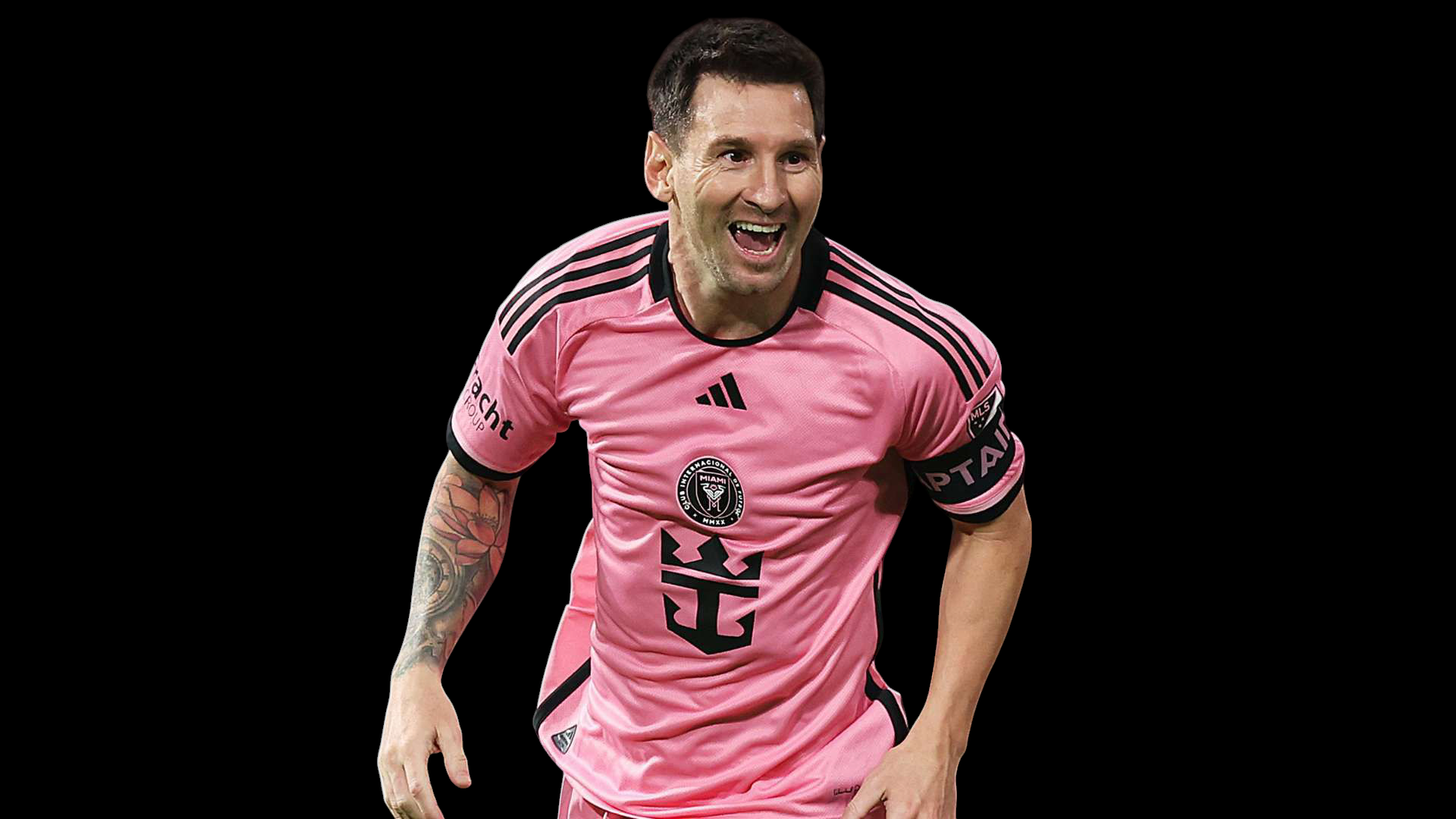- Mundial de Clubes 2025 Introduction
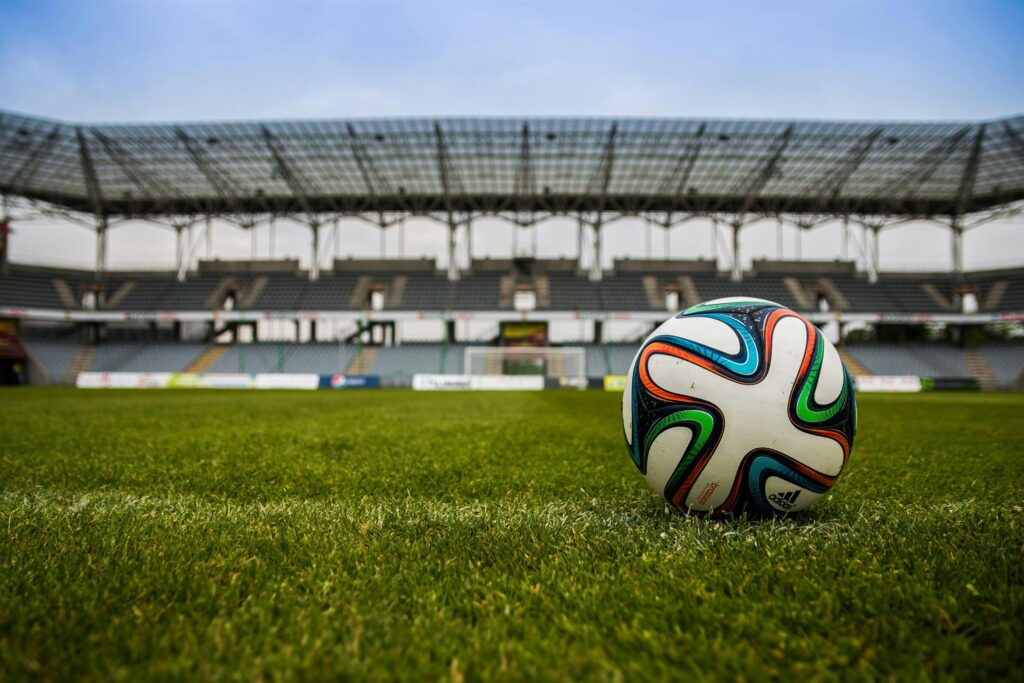
In the ever-evolving world of football, one tournament is preparing to change the game forever — the Mundial de Clubes 2025, also known as the FIFA Club World Cup 2025. Set to be the most expansive and ambitious edition yet, this global showdown is no longer just a ceremonial clash of continental champions — it’s the ultimate battle of the best clubs in the world.
With FIFA confirming a massive expansion of the tournament to 32 teams, hosted in the football-crazy United States, the Mundial de Clubes 2025 promises to be a historic spectacle, combining the passion of domestic leagues with the international flavor of World Cup-style competition.
Let’s explore everything you need to know about the new era of club football: the format, participating teams, host nation, schedules, history, controversies, and why this tournament matters more than ever.
A Brief History of the FIFA Club World Cup
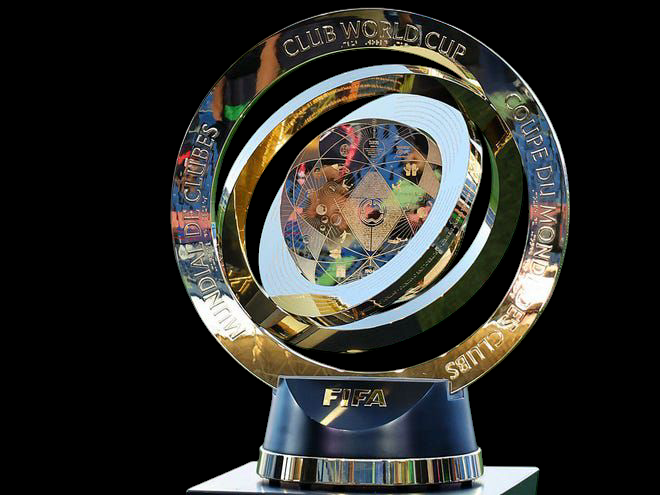
The FIFA Club World Cup began in 2000 as a way to determine the best club team in the world. Previously, this title was unofficially claimed via the Intercontinental Cup, which only included the European (UEFA) and South American (CONMEBOL) champions.
FIFA expanded this idea to a global competition, bringing in continental champions from AFC (Asia), CAF (Africa), CONCACAF (North America), OFC (Oceania), and others. Though the tournament initially struggled for prestige, it became an annual event by 2005 and grew steadily in relevance, especially in South America, Europe, and Asia.
Notable Club World Cup Winners:
-
Real Madrid (Spain) – 5 titles
-
Barcelona (Spain) – 3 titles
-
Corinthians (Brazil) – 2 titles
-
Chelsea, Liverpool, Bayern Munich – 1 title each
Despite its growth, the Club World Cup often faced criticism for being too short, dominated by European teams, and lacking wide appeal.
That is, until now.
What’s New in 2025? FIFA’s Big Expansion
FIFA President Gianni Infantino announced that the Mundial de Clubes 2025 will include 32 teams, turning the tournament into a quadrennial event, much like the FIFA World Cup. This format change represents FIFA’s biggest investment in club-level international football to date.
🔑 Key Changes in 2025:
-
32 teams from all over the world
-
Hosted in the United States
-
Held every four years (instead of annually)
-
World Cup-style format: group stages + knockout rounds
-
More prize money and commercial revenue
This is not just a tournament — it’s a festival of football, giving fans a chance to see clubs from five continents clash in meaningful games, not just exhibitions.
Format Breakdown: How the Mundial de Clubes Will Work
✅ Tournament Structure:
-
32 Teams divided into 8 groups of 4
-
Top 2 teams from each group advance to the Round of 16
-
Single elimination knockout from Round of 16 to Final
✅ Duration:
-
Approx. 3-4 weeks (likely June–July 2025)
✅ Venues:
-
Matches hosted across multiple cities in the USA, including New York, Miami, Los Angeles, Dallas, and more (TBD)
This new format is designed to mirror the successful FIFA World Cup, increasing global interest and delivering more high-quality matches.
Qualified Teams (As of Mid-2025)
Qualification is based on continental championship performance (e.g., UEFA Champions League, Copa Libertadores) and club coefficient rankings in some cases.
🌍 UEFA (Europe): 12 Teams
-
Real Madrid (Spain) – UCL winners 2022
-
Manchester City (England) – UCL winners 2023
-
Chelsea (England) – UCL winners 2021
-
Bayern Munich (Germany)
-
PSG (France)
-
Inter Milan (Italy)
-
Atlético Madrid (Spain)
-
Barcelona (Spain)
-
Arsenal (England)
-
Napoli (Italy)
-
Borussia Dortmund (Germany)
-
Benfica (Portugal)
🌎 CONMEBOL (South America): 6 Teams
-
Palmeiras (Brazil)
-
Flamengo (Brazil)
-
River Plate (Argentina)
-
Boca Juniors (Argentina)
-
Atlético Mineiro (Brazil)
-
Independiente del Valle (Ecuador)
🌍 CAF (Africa): 4 Teams
-
Al Ahly (Egypt)
-
Wydad Casablanca (Morocco)
-
Mamelodi Sundowns (South Africa)
-
TP Mazembe (DR Congo)
🌏 AFC (Asia): 4 Teams
-
Al Hilal (Saudi Arabia)
-
Urawa Red Diamonds (Japan)
-
Jeonbuk Hyundai (South Korea)
-
Persepolis (Iran)
🌎 CONCACAF (North America): 4 Teams
-
Club León (Mexico)
-
Monterrey (Mexico)
-
Seattle Sounders (USA)
-
Club América (Mexico)
🌍 OFC (Oceania): 1 Team
-
Auckland City FC (New Zealand)
🇺🇸 Host Nation Slot: 1 Team
-
Likely from MLS, possibly LAFC or Inter Miami
Note: Final team list subject to change based on current competitions and club licensing requirements.
Why the Mundial de Clubes Matters
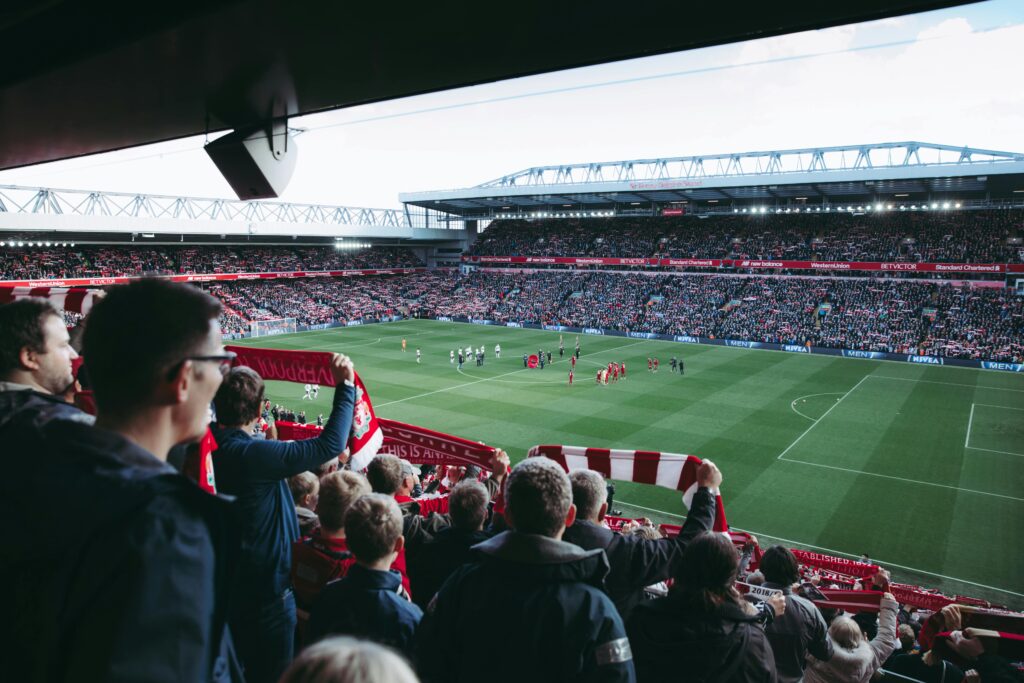
1. Global Recognition
Clubs from Africa, Asia, and the Americas get a real stage to prove their quality against Europe’s elite.
2. Revenue and Exposure
Clubs stand to make millions in prize money, sponsorships, and broadcasting — a huge financial boost for non-European teams.
3. Player Development
Young stars from smaller leagues get global visibility, boosting transfers, scouting, and local football development.
4. Fan Experience
Fans enjoy World Cup-style passion in the club scene — something no other tournament provides today.
Controversies and Criticisms
Despite its promise, the expanded Club World Cup has raised concerns:
❌ Fixture Congestion:
-
Many argue top clubs already face overloaded schedules with domestic leagues, continental cups, and international duties.
❌ Club vs Country Debate:
-
National team managers worry about injuries and player fatigue before big tournaments like the World Cup or Copa América.
❌ European Superiority:
-
Critics argue that European clubs might still dominate, making the competition predictable.
❌ Commercial Overload:
-
Some fans fear that FIFA is turning football into a money-driven machine, ignoring the spirit of the sport.
FIFA, however, insists that the Mundial de Clubes is a necessary step in making football more equitable and inclusive.
What to Expect: Predictions and Excitement
-
Intercontinental Rivalries: Real Madrid vs Flamengo? Al Ahly vs Manchester City? The possibilities are mouth-watering.
-
New Heroes: Lesser-known players from Africa, Asia, and North America will get a chance to shine on the world stage.
-
Surprises and Upsets: Remember Al Hilal beating Flamengo in 2022? Expect more David vs Goliath moments.
-
Cultural Explosion: Fans from every continent will gather, making the 2025 edition a true celebration of global football.
Long-Term Impact on Football
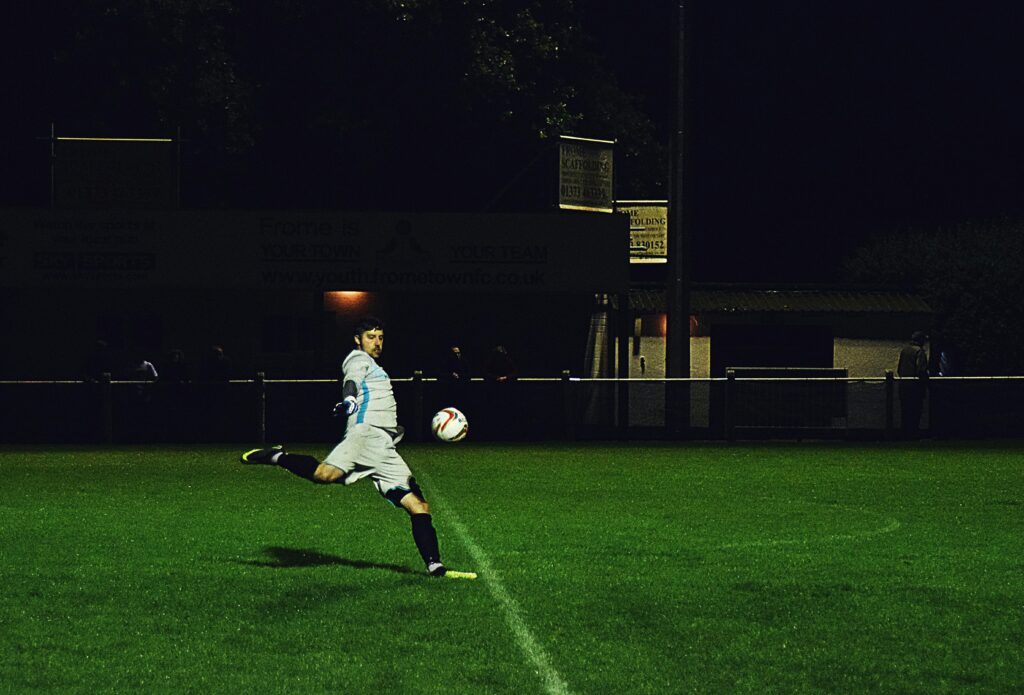
The 2025 Mundial de Clubes could mark the beginning of a new era in global football — one where club loyalty crosses borders, where revenue streams diversify, and where fans discover new favorites beyond Europe’s elite.
It may also lead to:
-
Greater investment in clubs across Asia, Africa, and the Americas
-
Rising transfer values for players outside Europe
-
Larger youth development programs in underrepresented regions
-
More competitive continental club competitions
Conclusion: A New Legacy Begins
The Mundial de Clubes 2025 is more than just another tournament — it’s a revolution in club football. For the first time, the world’s top 32 clubs will compete in a truly global and equal arena, creating moments that fans will remember for decades.
Whether you support a Premier League titan, a South American powerhouse, or a rising African or Asian club, this tournament is for you.
Get ready for drama, passion, and world-class football. The new age of the Club World Cup is here — and it’s only just getting started.




